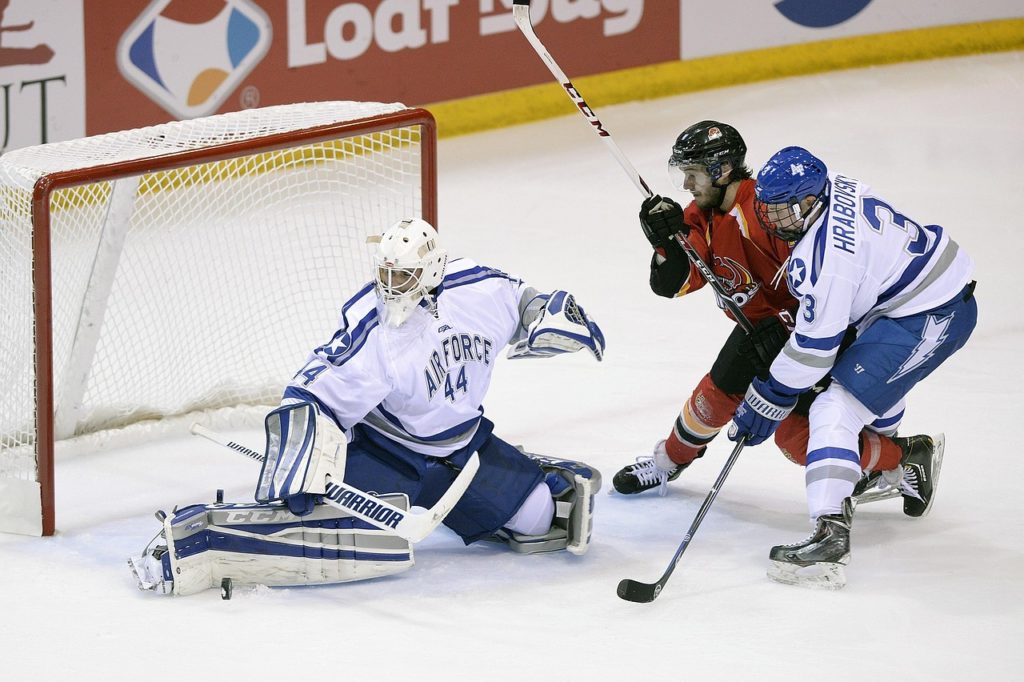
Hockey would arguably not have the same appeal if it was played on grass or ground; ice is what makes it one of the ‘coolest games on earth’. On any other surface than ice, the game would not be fast and that smooth. From a physics point of view, ice is quite a fascinating matter due to its slipperiness. Physicists call this property friction, occurring when two bodies are in contact with each other. In this vein, nothing is perfectly smooth; some indentations still exist on most surfaces, increasing the force of friction. Ice is however very slippery and key in a hockey game. But this is not the only aspect that can explain the game. Applying other aspects of physics to ice Hockey can allow us to comprehend how this sport works or can help promote interest in the science behind it and by some token, allow us to create a better scientific culture. But, the physics of hockey is quite a broad subject, so, here, let’s focus on the aerodynamics that occurs in Ice Hockey.
What is aerodynamics?
Aerodynamics is the quality of an object that determines how easily it can move through the air. So, anything that moves through the air can be said to react to aerodynamics. So an aeroplane flying on air can be explained by the rules of aerodynamic or a rocket blasting off the launch site or even a kite in the sky, all these react to aerodynamics. Since, its surrounded by air just like the aeroplane, hockey games are also affected by aerodynamics.
How aerodynamics occurs in Ice Hockey
The puck used in Ice Hockey is not round, rather, it is a hard rubber cylindrical disk. The puck will either be sliding over the ice or flying through the air. The sliding puck required the friction between the ice and the puck. Friction slows things down, or it is antagonistic, so it tends to oppose the motion, rather than helping it. When a puck is travelling along the ice, the air drag is not the same as when it’ s in the air, so the flight of a puck in the air is affected by aerodynamic drag. In this flight, the air flows around, on top and underneath this puck, unlike in the surface where the air is only on the top and around the puck. In other words, when the air has less option around the puck, friction will increase, and this means slow movement.
Interestingly, when its moving flat along the ice, it is experiencing an upward force caused by the wind speed on the puck, thus creating a suction force, which is similar to the lift force, involved in an aeroplane wing. If the player tilts the puck, the air drag is increased in proportion to the increased cross-sectional area, a phenomenon known as the drag crisis. On a slap shots, a puck tilted upward may seem to glide over the ice particularly because of the upward force cancelling the gravity. Thus, the weight, as well as the modification of the puck, will affect the distance and its speed.
In a science project, the key activity is to determine the distance of the puck when weight and speed are modified. The goal would be to determine whether a modified puck would take shorter time or work at all. Making such measurements can be a good science project for your students. It will also go a long way to foster interest in Ice Hockey.
